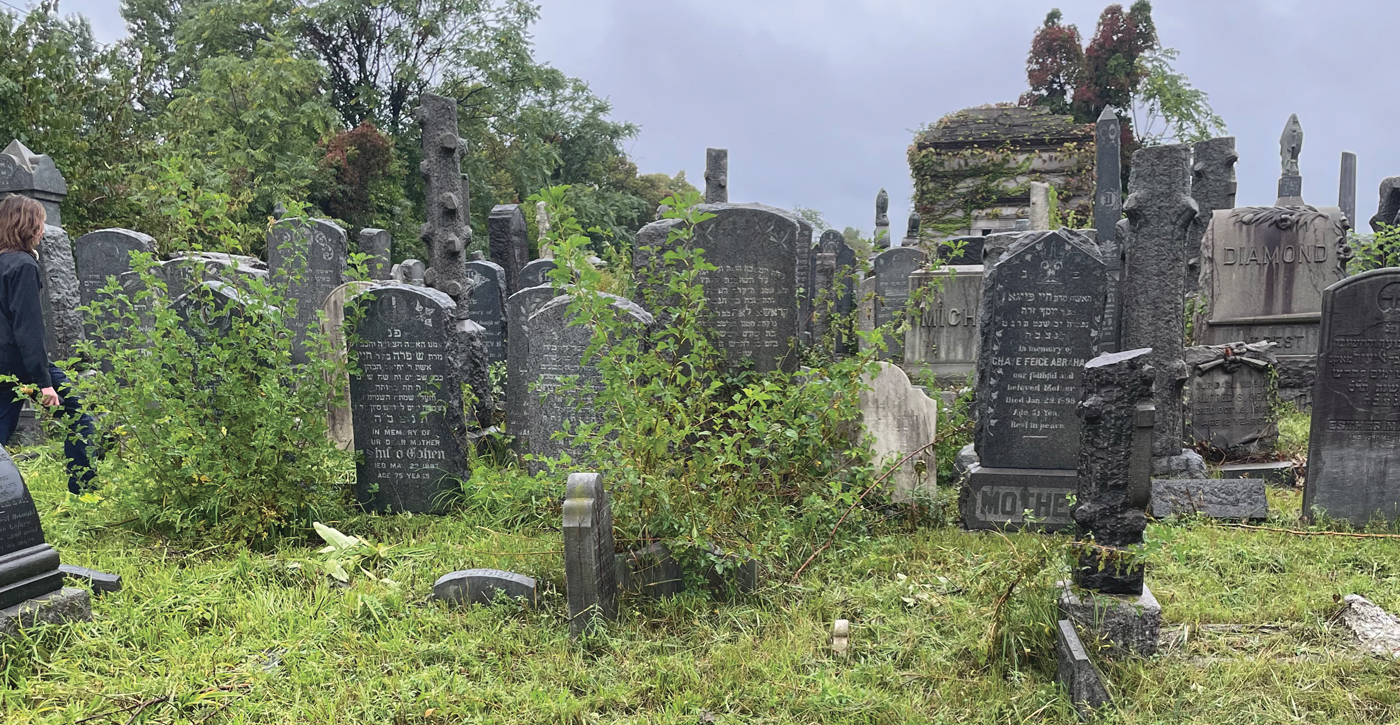A silent peace walk led by saffron-robed Buddhist monks and interreligious leaders was to pass through Christo’s and Jeanne Claude’s "The Gates" in Central Park, in New York City. A gate passed through can mark a transition. Gates often exclude something. But these unattached gates seemed built to include. Like so many bold mushrooms, 7,503 saffron gates sprang up to live for only 16 days in the first U.S. public park. Some New Yorkers wondered why we permitted gates, even pretty ones, in the space that is reserved for nature. The Gates were offered as art, New York was assured, as a wave of saffron in a month that can be drab with winter. What can such art offer us; why did 750,000 people visit our cold and snowy park? These "unnecessary" gates caught the imagination of many locals and brought more out-of-towners to the park than any previous event on record. If these gates summoned so many and gathered us so tightly together—could we thread elusive peace through them?
The morning of February 21, 2005, found me nursing a cold. Three inches of fresh snow had fallen, the air was cold, and the sky was gray. Despite all this, I wanted to be a part of this walk and arrived an hour early. I asked a man distributing saffron leaflets at Fifth Avenue and 72nd Street, by the Park’s Inventors Gate, if I could assist him. The leaflets read: "The Spirit of the Gates: a walking meditation through Christo’s installation in Central Park. Presented by the Interfaith Center of N.Y., the Tricycle Foundation, and the N.Y. Buddhist Council." Since it didn’t seem right to "hawk" a silent peace procession, I just held up the leaflets to passersby. They went slowly at first, but almost 100 were taken in the last 15 minutes. By the starting time, two o’clock, all the leaflets had gone; so I joined the swelling crowd of approximately 200 people. I discovered three friends in the throng; but our animated greetings were cut short by the sound of a wooden gong signaling the start of the journey. Temporarily halted at the initiatory gate, the crowd stood together braced against the cold. A few at a time were released through the narrow gate—released to wend their way through the saffron-marked path over the whitened land.
From the 16-foot-high gate frames of saffron-colored plastic hung 9 feet of matching fabric. We passed under the 7-foot openings created under the flowing curtains. These ceremonial banners marked the two-mile route that led us up Cedar Hill and down again along the park’s western side. The saffron color was also woven through the crowd, as many folks had found something in their wardrobe to match the color. Some of the monks that passed, from a variety of Buddhist orders, wore gray or burgundy garb—together we wove a bright tapestry on a misty afternoon. The walking was treacherous at times. Icy spots further slowed our meditative gait. Shared silence allowed our minds to roam as our feet followed the path. The fallow land seemed able to hold our thoughts even as it held the water of Turtle Pond, which we passed. My thoughts turned to other people from the United States, dressed in olive drab, patrolling the warmer, dryer Iraqi land, holding guns that demanded peace. We moved, disarmed, through the pastoral landscape of threading gates built just for joy. How could such disparate missions for peace ever be joined?
I was startled from my musings to find the face of a dear friend who had moved away many months ago. She and I had marched together in Washington, D.C., just before the bombing of Iraq. We were still marching, but now it seemed that we were moving toward peace rather than against war. Because we could not talk, I took her arm; two friends walked as one.
What will it take to get us through the gates of peace? Is peace born of idleness? Is it a byproduct of extravagance?—a criticism leveled at these gates. Was this peace walk an empty gesture—did it support only a peaceful fantasy? What did the other gate-watchers think as this procession of pilgrims plodded by? New Yorkers are not generally known as quiet, slow-moving folk eager to venture into nature on cold, gray winter afternoons. Had the desire for peace humbled them?
Without talk we were better able to observe the land. We passed a stream whose dark waters broke through a white slope descending from the Great Lawn. Our plodding, human bond had covered most of the two-mile course, bringing warm blood to frozen land. What will deliver the peace? How can we unite, despite our apparent differences, and bow our heads low enough to clear the gates of surrender? The walk ended with a brief interfaith service beside Cherry Hill, near the Park’s Women’s Gate, at Central Park West and 72nd St. Again the hollow wooden gong sounded.


